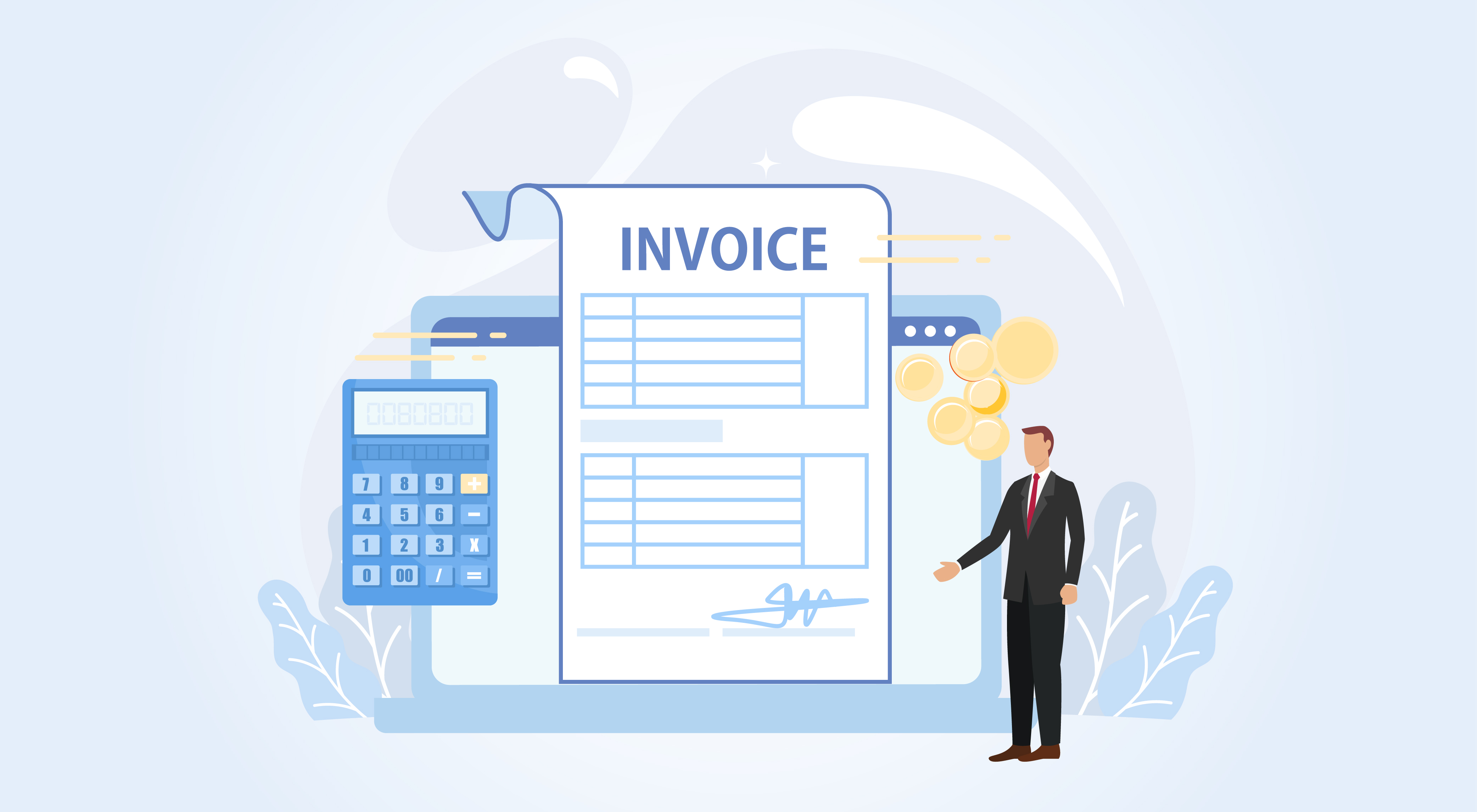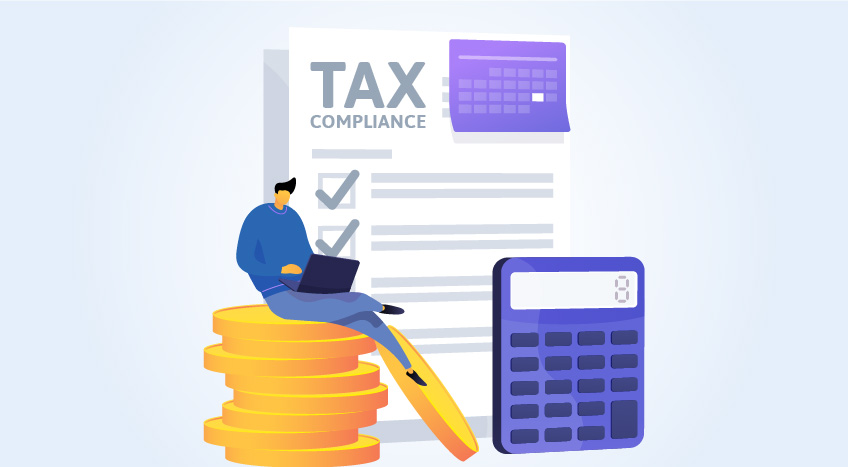From 1st January, 2018, all the registered businesses are required to charge VAT at 5% on supplying taxable goods and services. The VAT collected from their customers is required to be paid to the FTA. While it is clear that 5% VAT needs to be collected, the question remains as to what will be the value on which VAT need to be levied? This is something which the businesses need to pay attention. This is because, if goods and services are found to be undervalued, it leads to short payment of tax leading to non-compliance and is thus prone to legal litigation. On the other hand, overvaluation will result in loss of revenue for businesses by way of additional taxes.
The process of determining the value on which tax needs to be levied is commonly known as valuation. The UAE VAT law 'Value of Supply' provision provides the guideline to determine the appropriate value of supply on which VAT need to be levied. This will remove the ambiguities which result in undervaluation or overvaluation and avoid the litigation in determining the value.
Let us understand how to determine the value of supply or do a valuation in UAE VAT?
Value of Supply in UAE VAT
Before understanding how to determine the value of supply, let us understand 'Consideration' which sets the scope for determining the value of supply.
In UAE VAT law, consideration is defined as 'All that is received or expected to be received for the supply of Goods or Services, whether in money or other acceptable forms of payment'. This implies that consideration can be in the form of money and non-monetary as well.
On the basis of 'consideration' for goods and services received, the determination of the value of supply is categorized into following situations:
- Entire consideration received in monetary
- Full or partially in non-monetary consideration
Consideration received in monetary
If the entire consideration is monetary, the value of the supply shall be the consideration less the Tax. In other words, the value of supply is the sale value including all other charges and expenses such as a discount, packing charge etc.
Let us understand this with an example.
Ali Spares Ltd sells spared parts worth Rs 400,000 AED to their customer who paid through a Debit Card. They also charge packaging charge of 5000 AED.
|
Spare Parts |
400,000 AED |
|
Packaging Charges |
5000 AED |
In the above case, the consideration is entirely monetary, hence the value of supply will be the net value before charging VAT i.e. 405,000 AED ( Spare Parts 400,000 AED + Packing Charges 5,000 AED). And VAT will be 20,250 AED (405,000 AED *5%).
In the above examples, the values were exclusive of tax and it was relatively easier for determining the value. In general, the consideration is considered to be inclusive of tax unless expressly it is stated to be exclusive of tax explicitly.
How to determine if the value is inclusive of tax?
It is pretty simple. You just need to reduce the VAT amount from the total consideration (inclusive value). To do that, you need to back calculate for arriving at the VAT amount using the below formula:
VAT Amount = Total Consideration * 5 (Rate of VAT) / (100 + 5% VAT)
The VAT amount arrived using the formula above should be reduced from the total consideration.
Let us consider the above formula with an example to understand this.
In the above example, total consideration for the supply of spare part is 425,250 AED which is inclusive of VAT 5%. To arrive the value of supply, you need to reduce the VAT from 425,250 AED. Let us use the above-discussed formula to achieve this.
425,250 * 5 / 105 = 20,250 is the VAT amount which is reduced from the total consideration to arrive at the value of supply i.e. 405,000 AED.
Related Article:-
1.Valuation of supply when consideration is not in money
2.Value of Supply in case of Import of Goods in UAE









